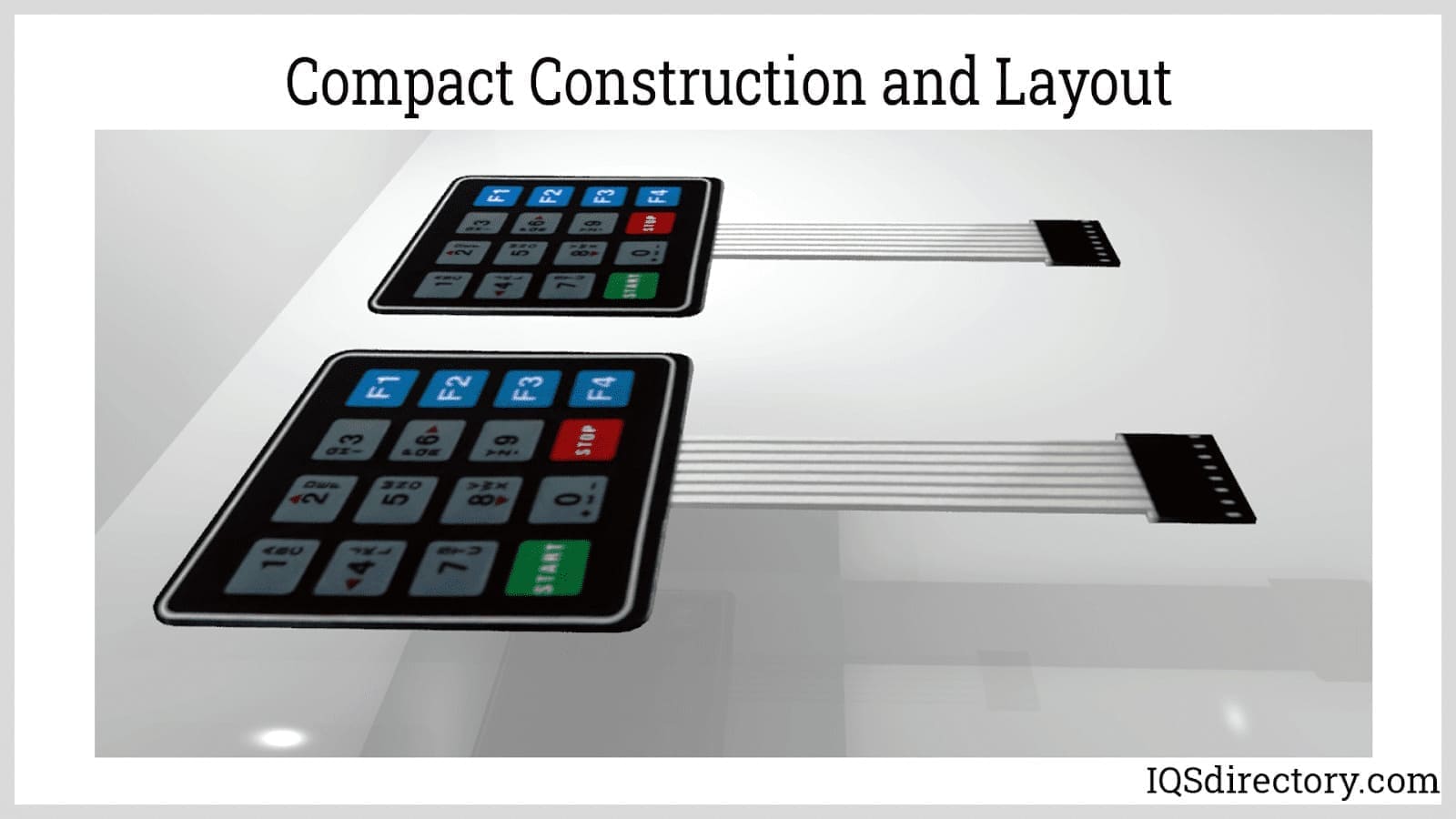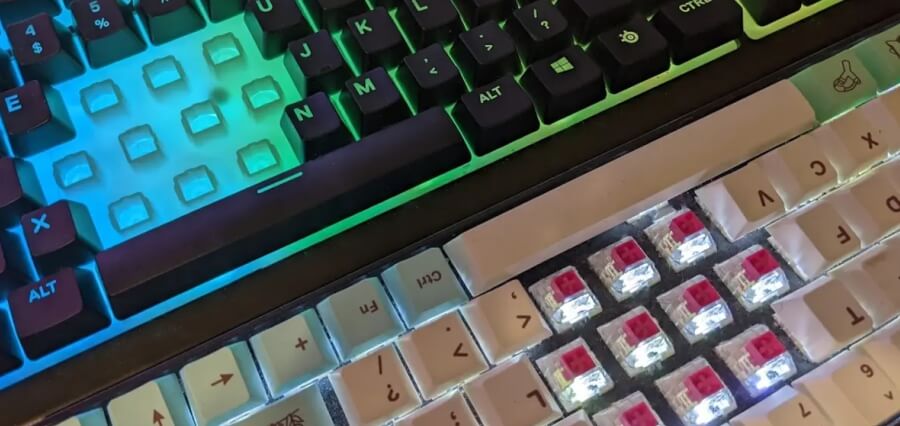The Complete Overview to Membrane Switch Technology and Its Applications
The Complete Overview to Membrane Switch Technology and Its Applications
Blog Article
How Membrane Layer Changes Add To the Durability of Electronic Control Panels
Membrane layer switches play an important role in improving the toughness of electronic control board, primarily with their multi-layered construction which offers effective security against environmental factors such as moisture and dust. This layout not just lessens the danger of circuit damages and rust but additionally promotes ease of maintenance because of its seamless surface. Furthermore, the lack of relocating parts considerably decreases the chance of mechanical failings, making membrane switches over perfect for requiring applications. The ramifications of these features prolong past simple protection, elevating questions concerning their broader effect on functionality and customer experience.
Interpretation of Membrane Layer Switches

Membrane switches are developed to be slim and lightweight, making them ideal for applications where space is restricted. They can be manufactured in various shapes, sizes, and colors, supplying versatility in layout that fulfills visual and practical demands. Furthermore, membrane switches can include various innovations, such as tactile responses and LED signs, enhancing user experience.
Due to their building and construction, membrane buttons are usually resistant to dust, wetness, and basic wear, contributing to their sturdiness sought after atmospheres. Their seamless style not only facilitates very easy cleansing but additionally reduces the threat of mechanical failing, making them a preferred choice for makers looking for dependable interface in their electronic control board.
Protection Versus Ecological Variables
The design of membrane layer changes inherently gives a level of security versus various environmental aspects, which is crucial for maintaining performance in tough problems - Membrane Switch. These buttons are typically constructed with layers of flexible materials that protect interior components from dampness, dust, and pollutants. By encapsulating the circuitry, membrane changes decrease the threat of short circuits and deterioration, which can considerably impair performance
Furthermore, using durable adhesives and sealers during manufacturing enhances their resistance to environmental difficulties. Membrane switches can endure exposure to chemicals and solvents, making them suitable for industries such as food processing and health care, where health and cleanliness are extremely important. Their seamless surface layout additionally avoids the accumulation of dirt and bacteria, helping with simpler cleaning and maintenance.
Temperature level variations are one more ecological concern, and membrane switches are engineered to work successfully across a large variety of temperature levels (Membrane Switch). This versatility makes sure that control panels continue to be operational in why not check here different setups, from commercial atmospheres to customer electronics
Influence on User Communication
Customer communication with electronic control board is substantially influenced by the design and capability of membrane switches. These switches provide a tactile user interface that boosts the total individual experience, permitting intuitive navigating and control. Their responsive nature ensures that individuals receive prompt feedback upon activation, which is vital for tasks calling for accuracy and effectiveness.
Moreover, the smooth surface area of membrane switches over promotes easy cleansing and upkeep, promoting user self-confidence in the reliability of the user interface. This sanitation is especially essential in settings where health is extremely important, such as medical or food processing settings. Additionally, the small and lightweight design of membrane layer switches over adds to the aesthetic charm of control panels, urging user interaction through a contemporary and smooth look.
Additionally, the integration of aesthetic elements, such as published icons and backlighting, helps users quickly recognize features, minimizing the finding out curve related to brand-new devices. Because of this, users can run tools better, bring about enhanced efficiency and complete satisfaction. In summary, membrane switches play a pivotal function in enhancing customer interaction by combining functionality, looks, and simplicity of usage, eventually causing enhanced functional effectiveness.
Design Adaptability and Personalization
Layout versatility and customization are important facets of membrane switches, allowing producers to customize electronic control board to certain applications and user needs. This flexibility enables the combination of different style elements, such as shades, graphics, and appearances, which can enhance the visual charm and user involvement of the control board.
Membrane layer buttons can be customized in dimension and shape, suiting a vast array of devices and applications, from industrial equipment to customer electronic devices. This flexibility makes sure that makers can develop instinctive user interfaces that line up with user assumptions and Learn More Here operational needs. In addition, the capacity to include unique attributes such as backlighting or responsive responses better improves usability, enabling a more interactive experience.
Additionally, the production process for membrane layer switches supports the fast prototyping of designs, making it possible for manufacturers to repeat and improve their principles promptly. This ability not just increases the growth timeline yet also makes certain that the last product satisfies specific functional and visual standards.

Cost-Effectiveness and Durability
Cost-effectiveness and longevity are considerable advantages of membrane switches, making them an attractive option for manufacturers and end-users alike. These switches are normally more economical to create than typical mechanical switches, primarily as a result of their streamlined manufacturing procedures and the decreased number of parts called for. This cost advantage extends not just to initial production but additionally to lasting operational expenses, as membrane layer buttons typically need much less maintenance and have a reduced failing rate.
Moreover, the longevity of membrane layer switches over contributes to their general worth. Constructed from sturdy materials, they are immune to environmental elements such as moisture, dust, and chemicals, which can lead to early wear in other switch kinds. The lack of relocating components minimizes mechanical failing, enabling membrane layer changes to preserve functionality over prolonged periods.
This toughness is specifically beneficial in applications needing regular efficiency under requiring problems, such as clinical gadgets and commercial devices. Ultimately, the mix of cost-effectiveness and durability makes membrane layer switches a financially viable option for producers, offering trustworthy services that withstand the test you can try these out of time while optimizing financial factors to consider.
Conclusion
In verdict, membrane buttons substantially enhance the toughness of digital control panels through their robust construction and protective attributes - Membrane Switch. Overall, membrane layer switches represent a reputable and cost-effective selection for improving the longevity and functionality of digital control systems.
Report this page